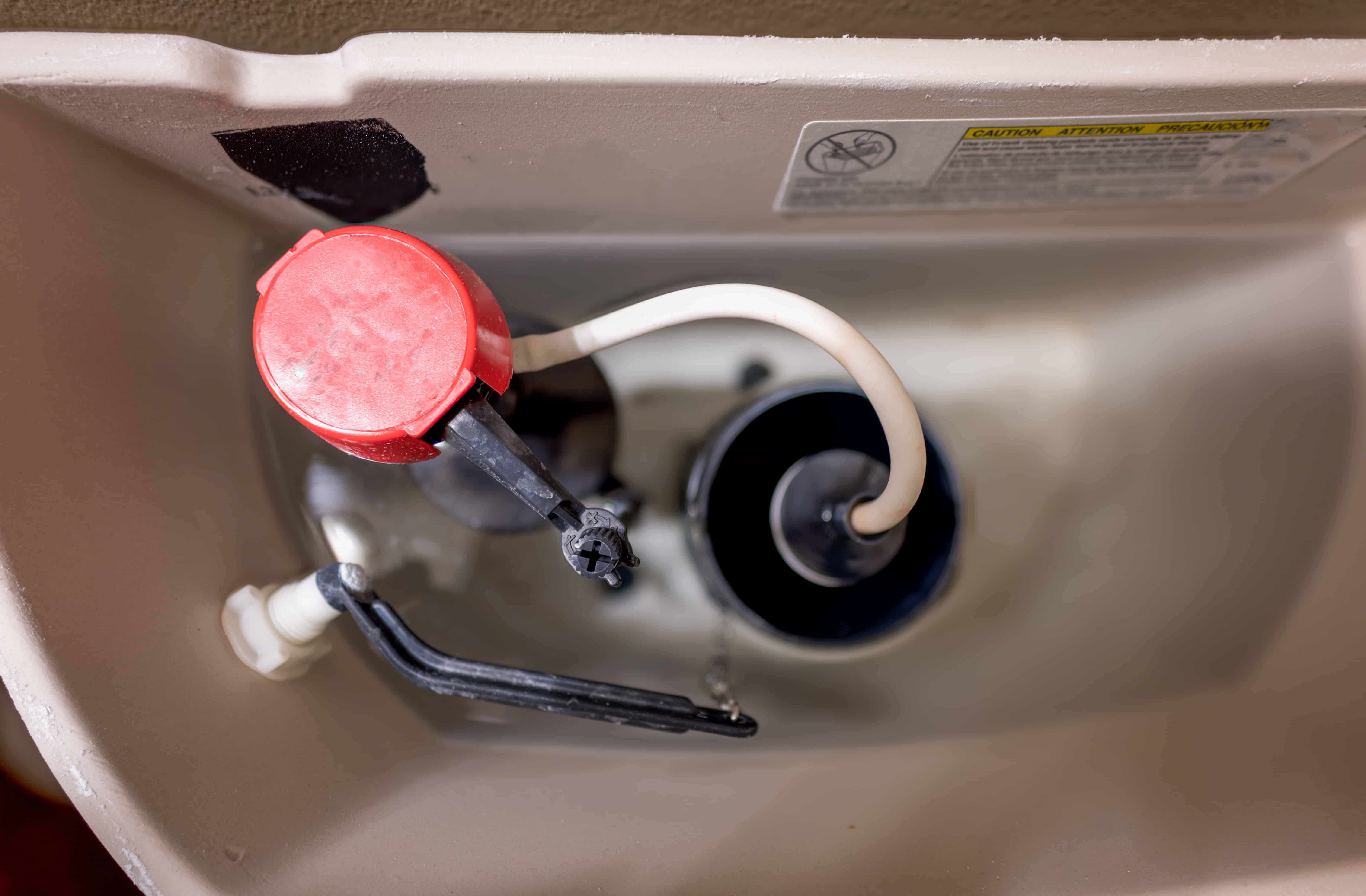Toilets consume up to 30% of the water in a home depending on the household size and also depending on how much water the toilet uses per flush. Back in the day, a toilet used upwards of 7 gallons per flush whereas newer models use as little as 1.6 gallons.
Plus, dual flush toilets that offer a half and full flush option enable you to use even less water as may quality toilets can often work with the half flush option each time.
But if you can reduce the water used per flush even more with a hack, it might be worth looking at, right? That’s the idea behind putting a brick in your toilet tank.
But is it a good idea?
Why would you put a brick in your toilet tank?
You may have come across this suggestion online: People put a brick – or some other solid object – inside your toilet tank.
In order to use less water each time you flush your toilet, some people theorize that placing a weighted object such as a brick inside the toilet tank is a good idea. By displacing water in the tank with a brick, less water is used each time it is flushed, leading to cost savings over time.
No, you shouldn’t put a brick in your toilet tank
It isn’t a good idea to put a brick in your toilet tank. Bricks are heavy, coarse objects made primarily of clay which over time can crumble and leave debris in your toilet tank. The debris might also impact the flapper’s ability to properly close and cause leaks which cost you money through excessive water usage.
A brick could also damage the tank or interfere with the parts inside your tank which are integral to the proper functioning of your toilet. The last thing you’d want to impair the proper operation of your toilet leading to a leak or damaging and costly flood.
Also, toilets are designed to operate with a certain amount of water. If you interfere with this by placing an object in the tank to trick it to use less, you might end up impairing the toilet’s ability to work properly, leading you to have to flush twice, thus nullifying the water savings you expected.
Finally, modern toilets that use less water than older models make it likely you won’t save much on water usage anyways. If you’re looking to save water on each flush of your toilet, your best bet is to install low flow toilets.
The cost of your toilet replacement might be subsidized or even free depending on where you live. Even if you pay full price, the savings on your water bill will start to accumulate immediately when you switch to a low flow toilet model.
The toilet flushing mechanism has several key parts
Modern toilets have varying designs but similar parts. The diagram below shows what’s inside a typical toilet bowl, namely the flushing mechanism including the parts where water flows in or out of the tank:
Fill valve: This supplies water to the tank to fill it each time it is flushed.
Flapper: When you flush the toilet, it opens the flapper to release water into the bowl. The flapper then closes tightly again as the tank refills with water.
Overflow tube: This is a safety feature. If the tank fills too high, water will safely drain from the tank rather then causing the tank to overflow onto your bathroom floor.
The last thing you want to do is subject these three parts with debris from a broken or disintegrating brick that you’ve placed inside the tank. The flapper specifically needs to be tightly sealed otherwise you will hear the toilet running and constantly refilling as it can’t remain full.

Summary
While a brick or other object could potentially fit in your toilet tank, the risk outweighs the benefit. If you’re serious about saving money on water, switch your toilets to low flow models that are designed to use less water.
Placing a brick or any other object in your toilet tank may inhibit the toilet’s ability to flush properly and could cause damage to the tank and its parts.


